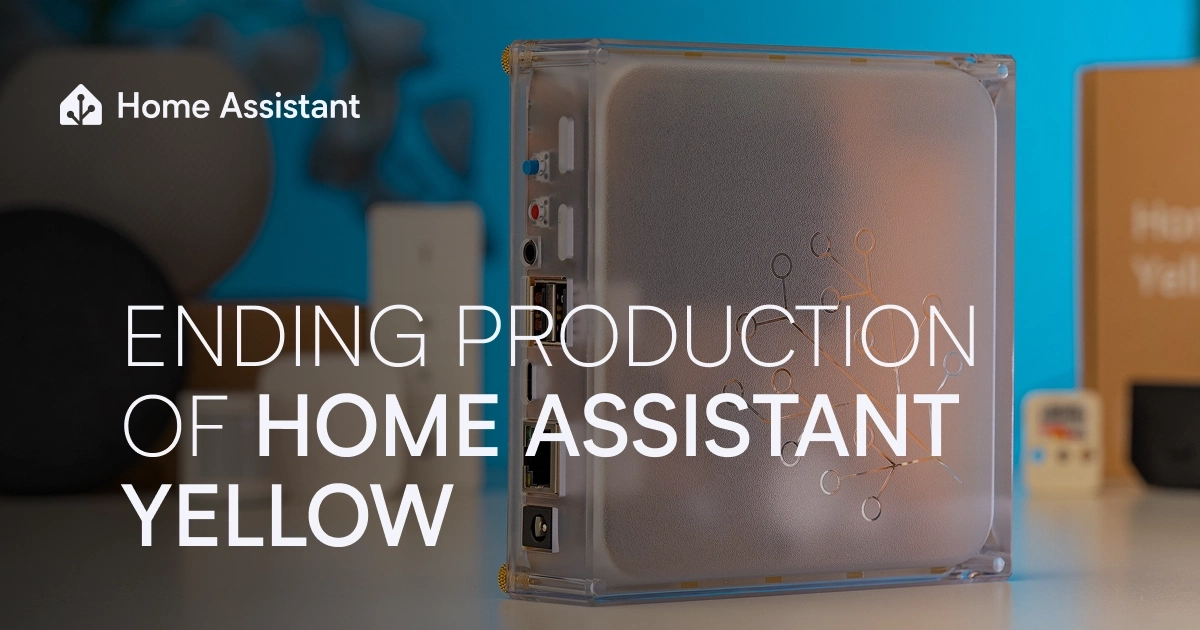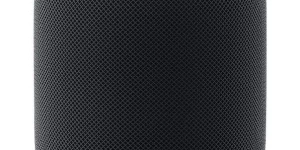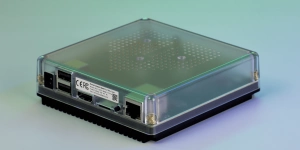Nabu Casa has announced the discontinuation of the Home Assistant Yellow, its official all-in-one hardware for the open-source smart home platform. According to Carl Albertsson, Vice President of Commercial at Nabu Casa, sales of the device have declined as more users adopt other methods for running the Home Assistant Operating System (HAOS).
The 2021-released device will not be restocked once current inventory sells out. Here is what the change means for current owners and what the best alternative options are for running a modern smart home with Matter and Thread.
What will happen to existing Yellow devices?
For current Home Assistant Yellow owners, Nabu Casa has confirmed that software support will continue “as long as it’s possible to run Home Assistant on Yellow.” The device remains a capable option for those who can still find one at retailers like Seeed Studio.
Its key advantages over other official hardware include its out-of-the-box HAOS experience, an onboard Thread chip for running an OpenThread Border Router (OTBR), a powerful Raspberry Pi Compute Module for processing, and an M.2 expansion slot for fast storage or AI accelerators.
Alternative ways to run Home Assistant
Depending on your technical comfort level and performance needs, here are some of the best alternative ways to run HAOS.
Home Assistant Green ($129): the best option for beginners
For those new to the platform, the Home Assistant Green is the recommended starting point. It offers a simple plug-and-play experience but has more modest performance due to its Rockchip RK3566 SoC, 4GB of RAM, and 32GB of storage. While sufficient for basic setups, running a Thread network requires an additional USB dongle. However, one is not needed if you already have a Thread border router (like a newer Apple TV or Google Nest Hub) on your network.
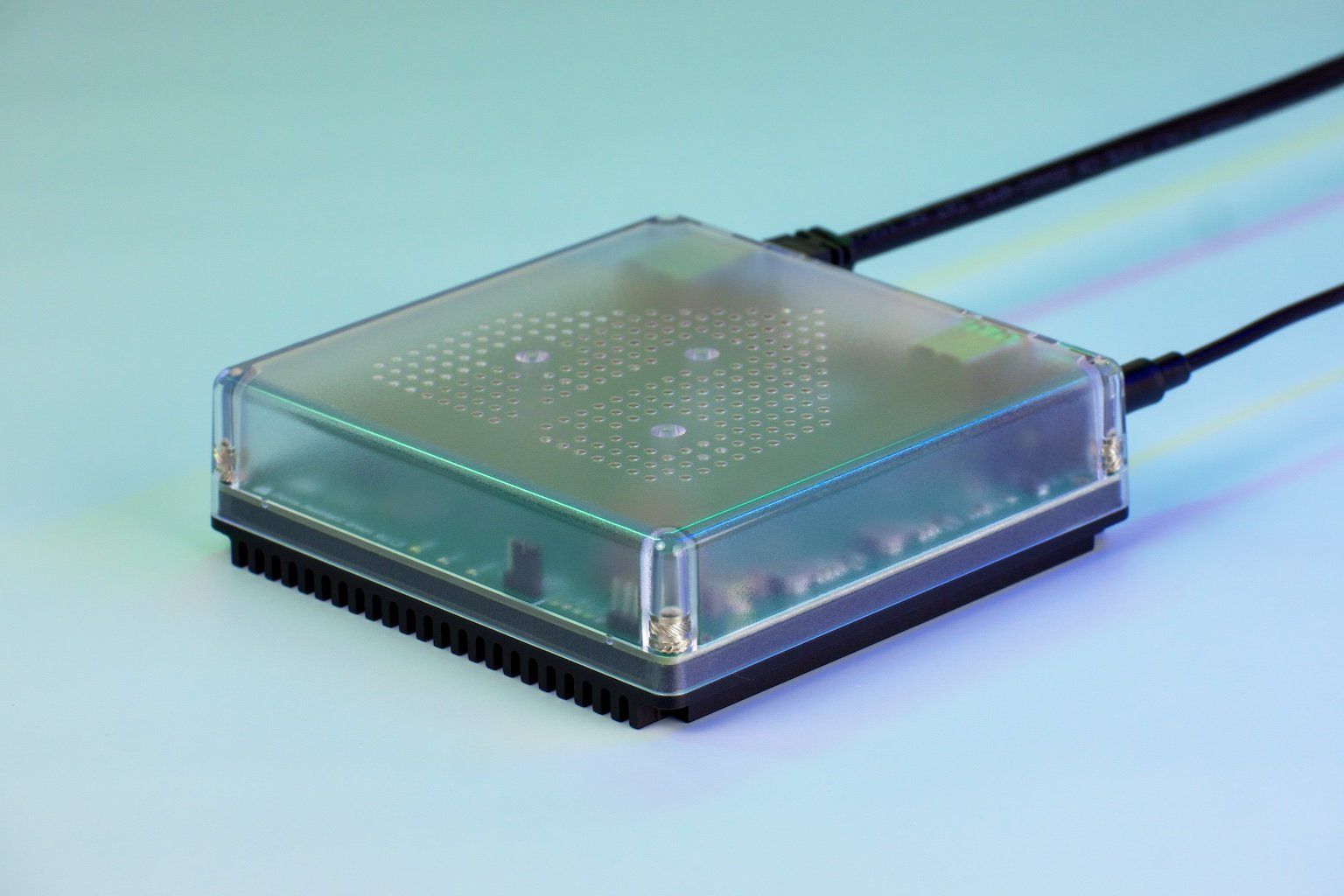
Raspberry Pi 5 ($60+): a powerful and flexible choice
The Raspberry Pi 5 provides a significant step-up in performance and flexibility. It offers more configuration options for RAM and storage, and its processor is powerful enough for most advanced users. A massive ecosystem of accessories, known as “hats,” allows for extensive hardware expansion. Flashing HAOS is straightforward using the official Raspberry Pi Imager, making it a great option for tinkerers.
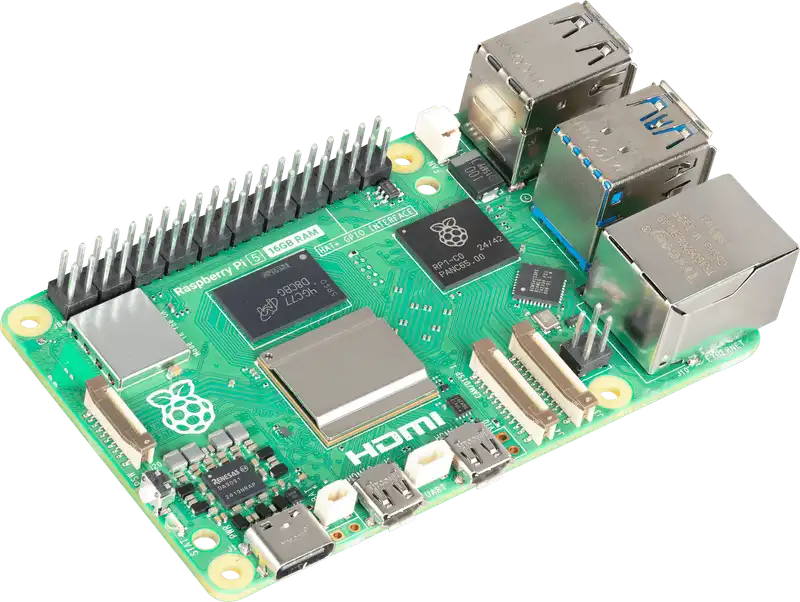
x86-based mini PC ($200+): the high-performance option
For users running many add-ons or complex automations, a mini PC based on an x86 processor (like an Intel NUC) offers the best performance and upgradeability. RAM and storage can be easily expanded. The main drawbacks are a more complex installation process and higher power consumption compared to ARM-based devices.
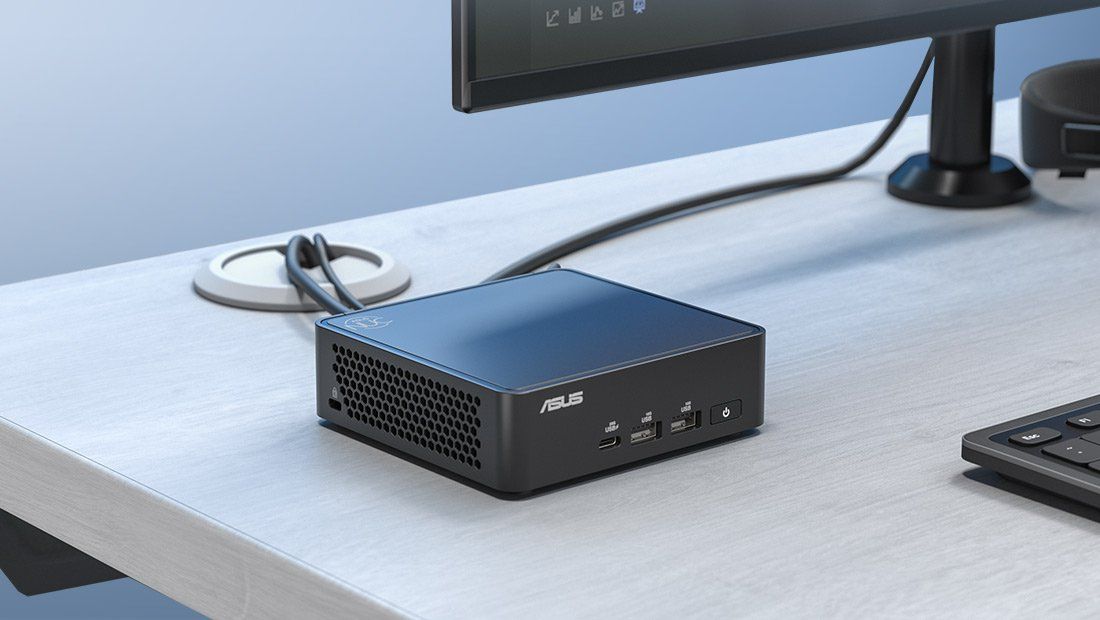
Virtual machine: for advanced users with existing hardware
If you already run a home server or a Network Attached Storage (NAS) device, running HAOS in a virtual machine can be an efficient option. However, this method is recommended only for technically experienced users. Virtualized networking can create complications for Matter’s device discovery protocols, and passing through a USB dongle for Thread or Zigbee can be difficult to configure.
In its official announcement, Nabu Casa mentioned it is gathering community feedback for potential future hardware, leaving the door open for a new device to succeed the Yellow in the future.
Learn more about setting up Matter and Thread with Home Assistant:
- How to use Home Assistant to add Matter devices without a phone
- This is how I add Matter devices in Home Assistant
- How to set up a PoE Thread dongle in Home Assistant
(Source: Home Assistant, Amazon; Image Source: Home Assistant, ASUS, Raspberry Pi)
